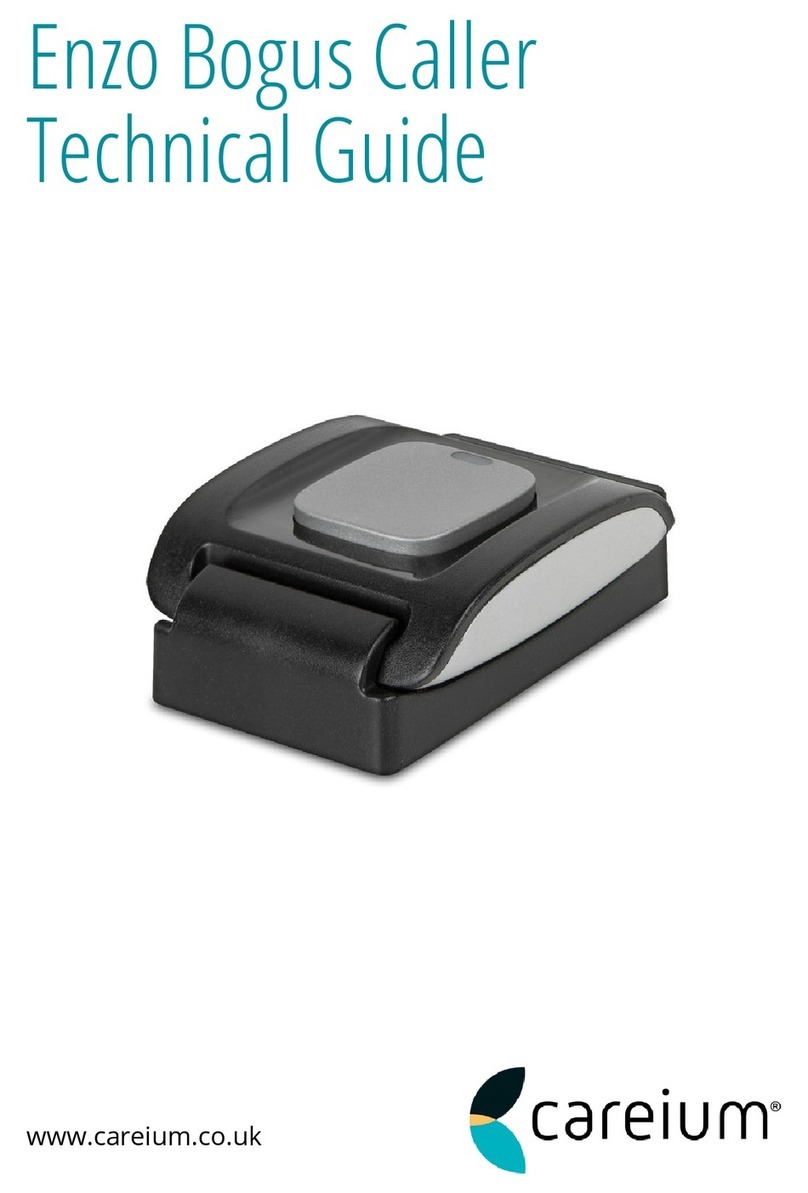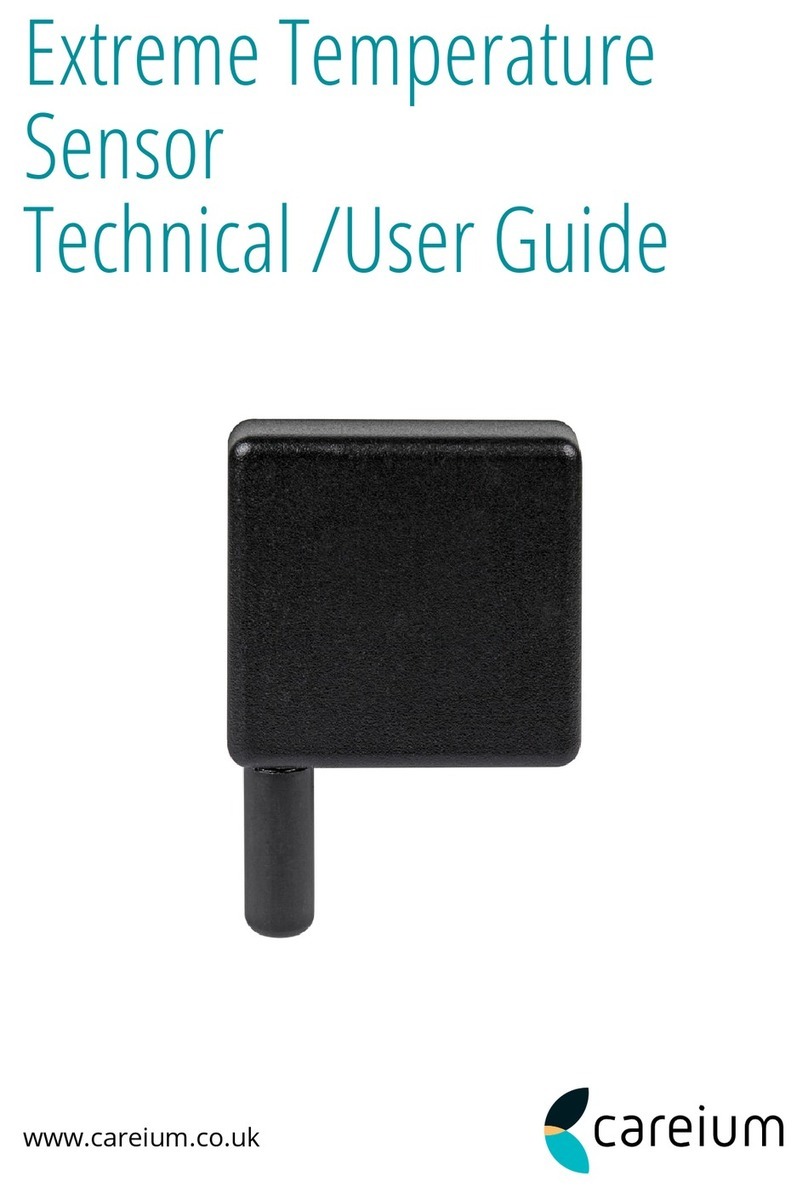
3
What is carbon monoxide?
Carbon monoxide (CO) is an extremely toxic gas. It is a colorless, odorless
and tasteless gas that can be released by incomplete combustion of fossil
fuels such as natural gas, bottled gas, petrol, diesel, oil, paran, wood, coal
coke and biofuels. When inhaled,
CO causes chemical asphyxiation and when it mixes with blood it reduces
the oxygen transported around the body, especially to the brain. The
following symptoms are typical of CO poisoning and should be discussed
with all members of your household.
Mild exposure: Mild headache, nausea, fatigue, similar to u symptoms.
Medium exposure: Severe throbbing headache, fatigue, confusion,
vomiting and rapid heart rate.
Extreme exposure: Unconsciousness, convulsions, heart and respiratory
failure leading to possible death. Even if they do not feel well, victims of CO
poisoning are so disoriented that they can no longer decide what to do,
such as even leave the building or call for help. Very young children often
show symptoms earlier than adults. Being aected while you sleep is the
most dangerous situation that can occur because the person will not wake
up by themselves.
Examples of common sources of risk that create CO poisoning:
•Technical problems in heating equipment due to faults, lack of
service or maintenance
•Non-functioning chimneys or ventilation pipes which may have
collapsed or become sealed (e.g. due to a bird’s nest, snow, etc.)
•Incorrect air direction, so-called retraction
• Improper installation of burners or replaces
•In equipment used intermittently for short periods or by
dierent persons
•Incorrectly sized chimneys or garden BBQ grills used indoors. The carbon
monoxide detector is set to warn of the following concentrations of CO
gas in accordance with EN50291-1:2018.

































